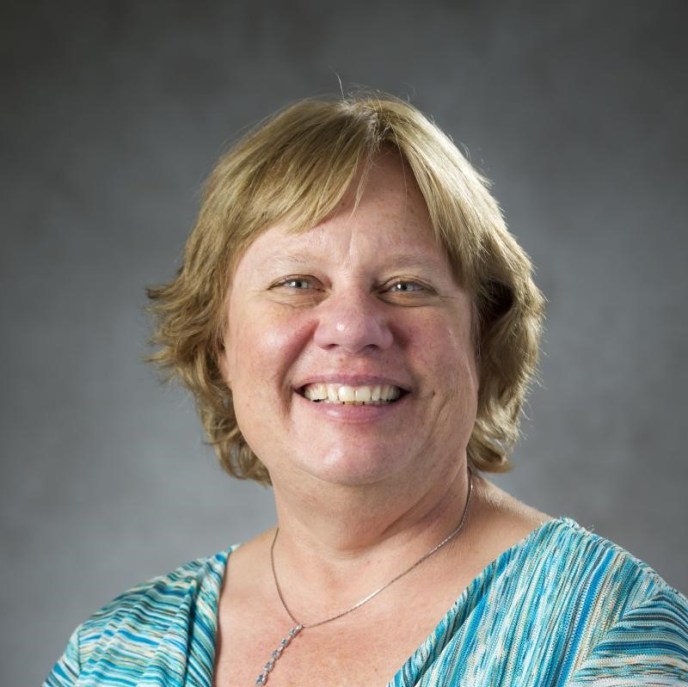Interview with Dr. Cathy Larson of University of Michigan, Flint

Cathy A. Larson PT, PhD is an associate professor and the associate director for the Ph.D. in physical therapy program at University of Michigan – Flint.
Note: You should consult with your doctor or physical therapist for recommendations on treatment. The views and opinions expressed in this article are those of Dr. Larson and do not necessarily reflect the official policy or position of OnlinePhysicalTherapyPrograms.com
How did you become interested in researching physical therapy for spinal cord injury?
I had worked as a clinician at the Rehabilitation Institute of Michigan for many years and in the Center for Spinal Cord Injury (SCI) Recovery there. I was and am interested in the efficacy of intense rehabilitation for individuals with SCI. Also, I am interested in the use of exoskeletons and how the device technology progresses in the future. My sister-in-law had a SCI soon after I graduated from PT school so it became near & dear to my heart.
What are some of the most important things we have learned about spinal cord injury recovery in recent years?
Most recently, I am very excited about all types of neuromodulation. I strongly suggest that those who are interested in learning more about neuromodulation visit the Academy of Neurologic Physical Therapy Spinal Cord Injury Special Interest Group (ANPT SCI SIG) website. Also, I recently learned about “Therapeutic intermittent hypoxia: Basic mechanisms to clinical studies” presented at CSM 2020 by Milap Sandu and Gordon Mitchel – exciting possibilities.
What are some of the challenges to helping those with spinal cord injury achieve the best outcomes possible?
Insurance reimbursement is insufficient for many individuals with SCI to experience therapy targeting recovery below the level of the SCI. Researchers do need to determine who has the most potential for recovery post-SCI; however, I believe that most clients deserve at least a trial period of intense rehabilitation and documentation of their responses.
One of your teaching specialties is evidence-based practice, what are some of the most important things they can do to ensure they are always practicing in an evidence-based manner?
Of course, read the current literature. But also looking at a body of evidence at it builds and matures.
What are some of the challenges to keeping up with the evidence? How can clinicians continue to be aware of new evidence in the field as more research is conducted?
We should always be reading the current literature and a nice way to do that is to see the journal articles posted in the ANPT SCI SIG newsletter. Also, attending continuing education courses and webinars online.
How has your clinical experience influenced your teaching?
I attempt to teach movement strategies based on compensation for performing functional mobility skills so that an individual can become as independent as possible quickly. However, I also teach my DPT students recovery based skills in order to facilitate recovery if insurance allows us the time, and changes over time are observed & documented.
What aspect of your work are you most proud of?
Being able to handle (hopefully gracefully) teaching, scholarship and service aimed at management for individual post-SCI and other neurological conditions.
What advice do you have for those interested in a career in physical therapy?
The profession of physical therapy is very rewarding. I have kind of “semi-shifted” within physical therapy- 1st as a clinician, then a researcher, then a faculty member, with service at both state and national levels, and now in 3 of the 4 roles. You can explore these various aspects of yourself and grow within one profession. Potential applicants to PT and any other career should shadow therapists, volunteer in many clinical sites, and/or work as a PT tech to discover if this is a passion for you.

